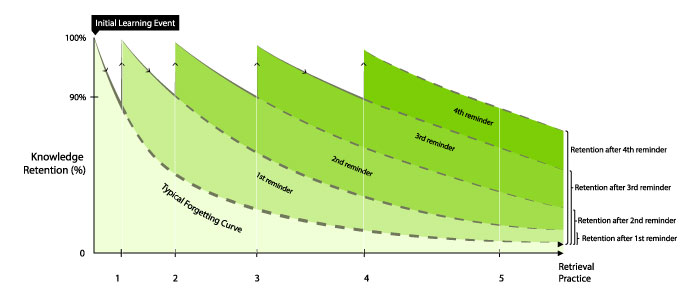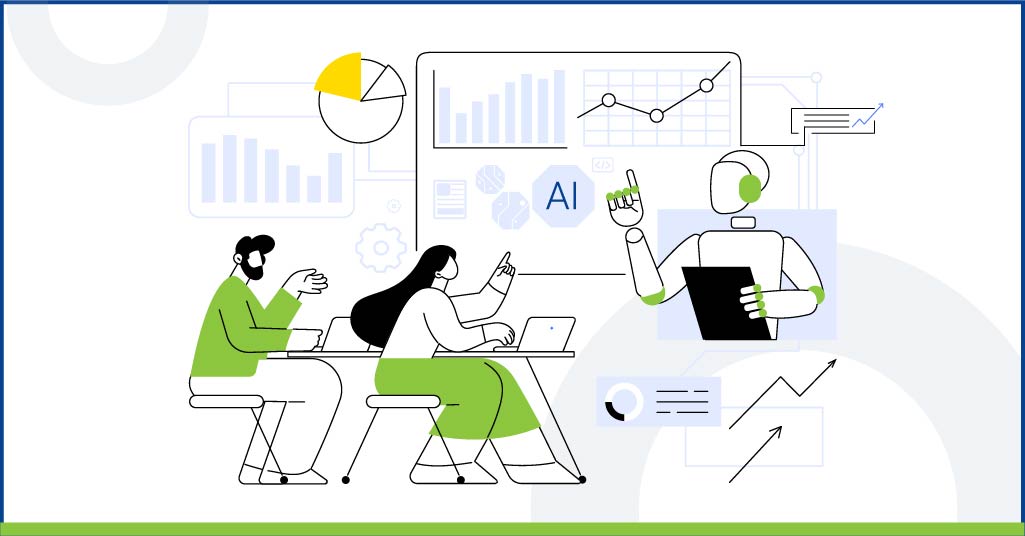How would you like someone like Jill Price in your team? One look at a manual or one peep at a demonstration and they never forget.
Scientists say that the brain needs to forget if we are to stay sane. Learning experts say a little forgetting before you retrieve something from memory makes it stay longer. Does that mean “unforgettable memory” is not the right prescription for effective learning? By inference, is modern digital amnesia a good thing?
Understanding memory
If you could see it, you are unlikely to find memory neatly laid out like a document. According to André Fenton, a neuroscientist at New York University’s Center for Neural Science, it is more like something inscribed on wet clay. Just as clay gets smudged every time you handle it, “biochemical processes cause memories to shift over time.”
Researchers warn that to maintain that plasticity, “not only the generation of memories but also forgetting (memory loss) is essential.” In other words, if we do not forget some details that do not matter, we will go crazy.
Jill Price should know. She states in her book, The Woman Who Can’t Forget:“I know very well how tyrannical the memory can be. I have the first diagnosed case of a memory condition that the scientists who have studied me termed hyperthymestic syndrome—the continuous, automatic autobiographical recall of every day of my life from when I was age fourteen on…. As I grew up and more and more memories were stored in my brain … I became a prisoner to my memory.”
When it comes to learning and development (L&D), memory is about storing information that is relevant to one’s work and recalling that efficiently when it needs to be applied. This is where some forgetting helps.
Beating the curve

According to Hermann Ebbinghaus, the German psychologist who developed the Forgetting Curve in 1885, we forget 60% of what we have processed within 20 minutes. Most memory would be gone in about eight hours. While that is bad enough in the academic sphere, it can be disastrous in the workplace.
The solution lies in spaced retrieval. We remember our multiplication tables, not because we spent a few hours at a stretch on each table, but because we kept returning to them at intervals. Such spacing is one of the desirable difficulties that enhance the effectiveness of learning.
The idea of desirable difficulties as introduced by Robert Bjork and Elizabeth Bjork (Making things hard on yourself, but in a good way) involves three apparent puzzles.
- Remembering a recurring event is easier if one forgets the first before the next occurs.
- Retrieving an event can be a more potent learning opportunity than restudying it.
- Testing an event has a greater effect if it happens after some forgetting, to make retrieval more effortful and difficult.
Several studies have established that remembering gains a lot from forgetting. The authors of Make It Stick elaborate: “Learning, remembering, and forgetting work together in interesting ways. Durable, robust learning requires that we do two things. First, as we recode and consolidate new material from short-term memory into long-term memory, we must anchor it there securely. Second, we must associate the material with a diverse set of cues that will make us adept at recalling the knowledge later. Having effective retrieval cues is an aspect of learning that often goes overlooked.”
They add: “Effortful recall of learning, as happens in spaced practice, requires that you ‘reload’ or reconstruct the components of the skill or material anew from long-term memory rather than mindlessly repeating them from short-term memory. During this focused, effortful recall, the learning is made pliable again: the most salient aspects of it become clearer, and the consequent reconsolidation helps to reinforce meaning, strengthen connections to prior knowledge, bolster the cues and retrieval routes for recalling it later, and weaken competing routes.”
Digitalization and retrieval
Technology has been accused of causing digital amnesia. Smartphones have made it unnecessary (and unfashionable) to jot down and remember telephone numbers. Does that make retrieval all too easy to be beneficial?
There is more to digitalization and modernization than smartphones. Technology need not be used to undermine the established principles of effective workplace learning but to make it more efficient.
One University of Kansas study has recommended that workers should be granted a few short smartphone microbreaks every day. The study found that this improved efficiency and achievement of goals ahead of or on schedule. Like every tool, technology too may be misused. However, imagine the impact if the workers could also access some relevant microlearning modules during such microbreaks. Or if a salesperson could use commuting time to better understand how to address a customer’s needs.
Technology is here to stay whether in business applications or for personal use. The challenge is not just in digitalizing business processes and the methods to master those, but it is also in making learning match modern digital-centric living. When it comes to learning, the digital must be subservient to thoughtful design. Effective learning design will always bank on time-tested learning principles like spaced retrieval so that the learner can productively apply it on the go and, over a period, retain what matters. Keen to discuss how we can help incorporate spaced retrieval in your learning design? Drop us a note at elearning@upsidelearning.com to set up a chat.



















